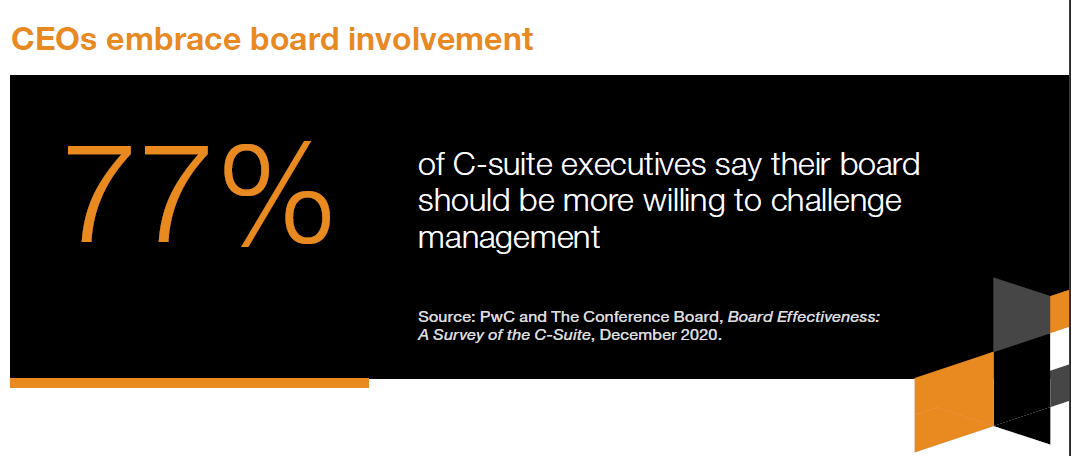Posted by Jina Choi, Michael D. Birnbaum, and Haimavathi V. Marlier, Morrison & Foerster LLP, on
Thursday, December 30, 2021
Jina Choi, Michael D. Birnbaum, and Haimavatha V. Marlier are partners at Morrison & Foerster LLP. This post is based on a Morrison & Foerster memorandum by Ms. Choi, Mr. Birnbaum, Ms. Marlier, and Anissa Chitour.
The U.S. Securities and Exchange Commission recently announced its enforcement results for FY21, highlighting what it considers significant in its enforcement practices and indicating important trends for future enforcement. The data from FY21 suggest that this new SEC will pursue an aggressive enforcement agenda, continue to impose—and even raise—significant penalties, and test the waters with first-in-kind cases.
1. A Close Look at FY21 Enforcement Metrics Suggests Aggressive Enforcement in FY22
While the SEC brought fewer total enforcement actions in FY21, the 3 percent decrease in the number of enforcement actions compared to FY20 does not reflect a decline in the SEC’s appetite for enforcement. The SEC emphasized in its announcement that the number of new enforcement actions in FY21 increased 7 percent over FY20.
The number of enforcement actions against public companies in FY21 was down, but this is not likely to continue. With only 53 total public company actions during FY21, this represents a 15 percent decrease from FY20 and represents the lowest number of public company enforcement actions since FY14. However, some of the decrease in public company actions may be attributed to the ongoing effects of the COVID-19 pandemic and to the new chairman’s transition. NYU and Cornerstone Research, which track data on SEC enforcement, noted in their analysis of the SEC’s announcement that actions have historically decreased in years when a new chair has been sworn in.
The decrease in enforcement actions, including those against public companies, is not likely to persist. Chair Gensler, in remarks at the Securities Enforcement Forum in November, emphasized the importance of taking “high-impact cases” to “change behavior” and send a message to the rest of the market.
READ MORE »

